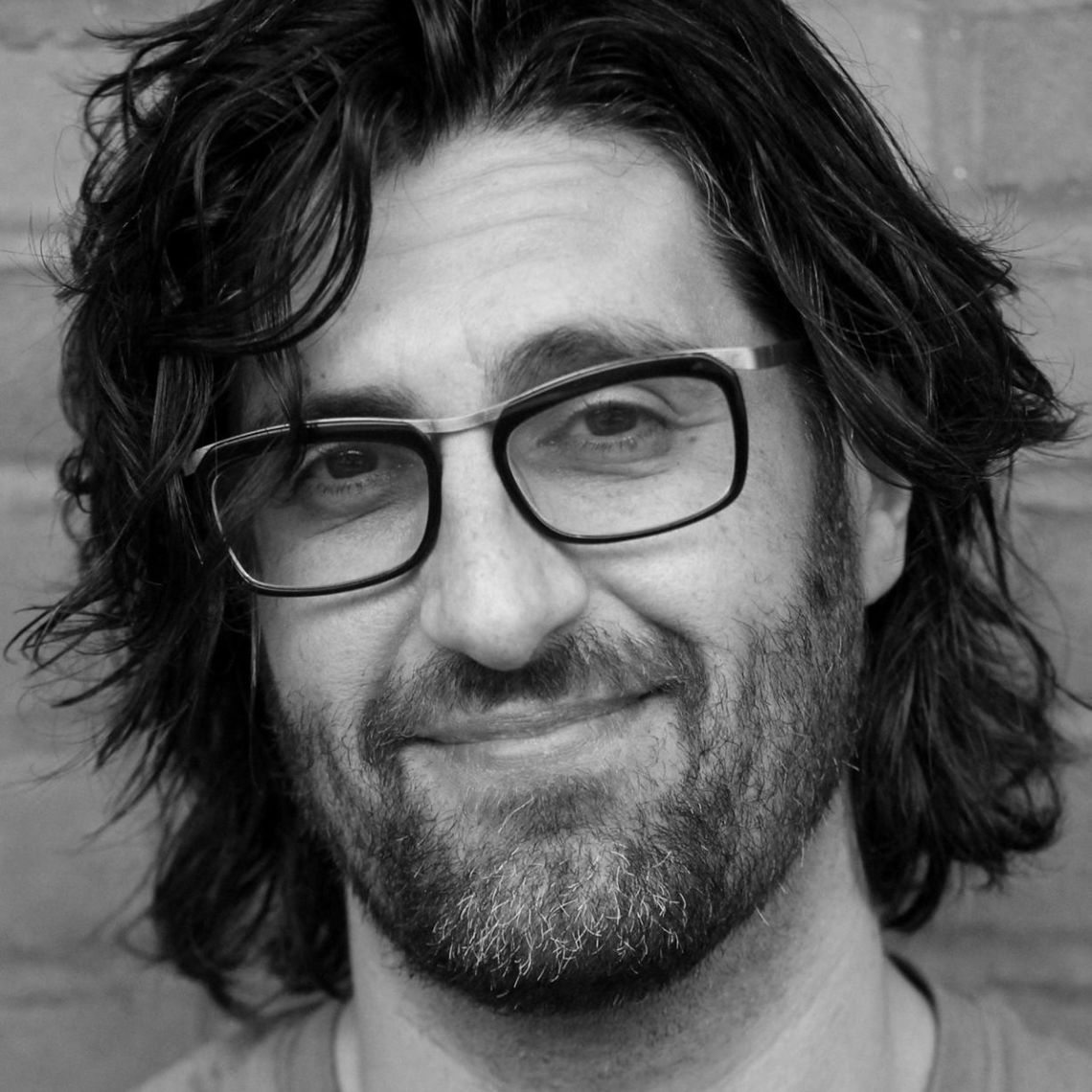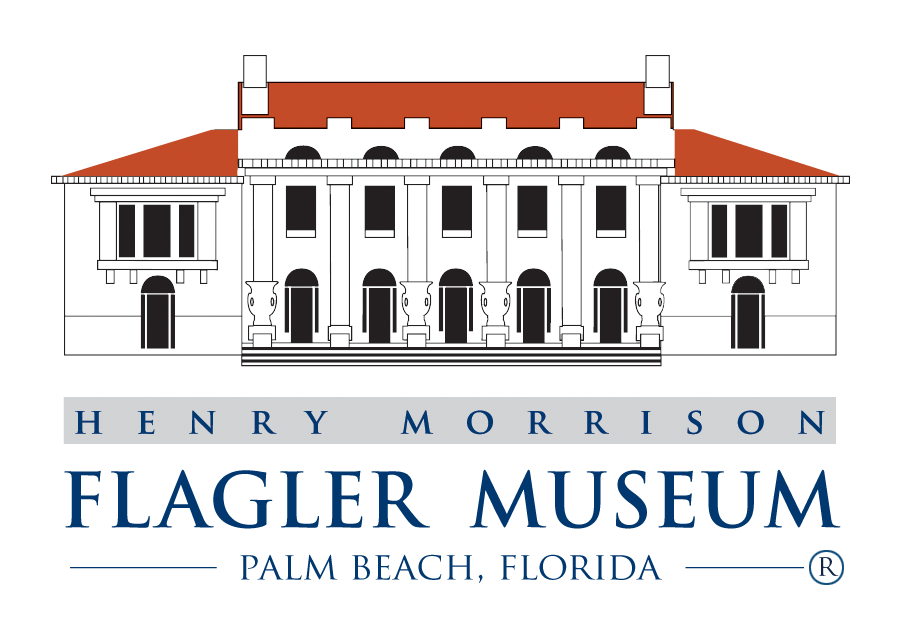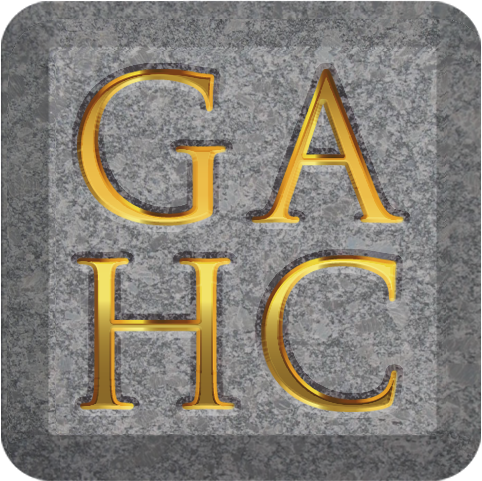The 32nd Annual Whitehall Lecture Series, Metaphysical America: Spirituality and Health Movements During the Gilded Age, presented each Sunday afternoon from February 5th to March 5th, explored a variety of esoteric practices born from America's Gilded Age fascination with all things exotic and mystical. Ranging from religious and spiritual to pseudo-scientific and physical, each lecture provided clues to better understanding the people and personalities of 19th and 20th-century occult beliefs and spiritual practices.
When possible, a book signing with the author followed each lecture.
Lecture Series Review:
"As an administrator and teacher, I know that the Whitehall Lecture Series is one of the best resources of its kind in Florida, an experience that brings the Gilded Age and the Flagler Museum to life for its audiences. In fact, the Lecture Series, year in and year out, continues to be an extremely informative and enjoyable experience for anyone lucky enough to attend."
- Charles Hagy, Jr., The Benjamin School
Watch the Lecture Series online
Website visitors can now watch a recording of each lecture via a Livestream broadcast. There is no charge to watch the recorded lectures. Begin by clicking on the "Watch This Recorded Lecture" button.
Sponsored by:

 Mitch Horowitz
Mitch Horowitz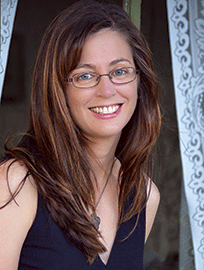
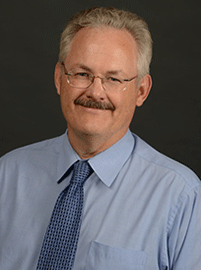
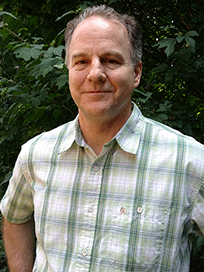 Eric Ziolkowski
Eric Ziolkowski